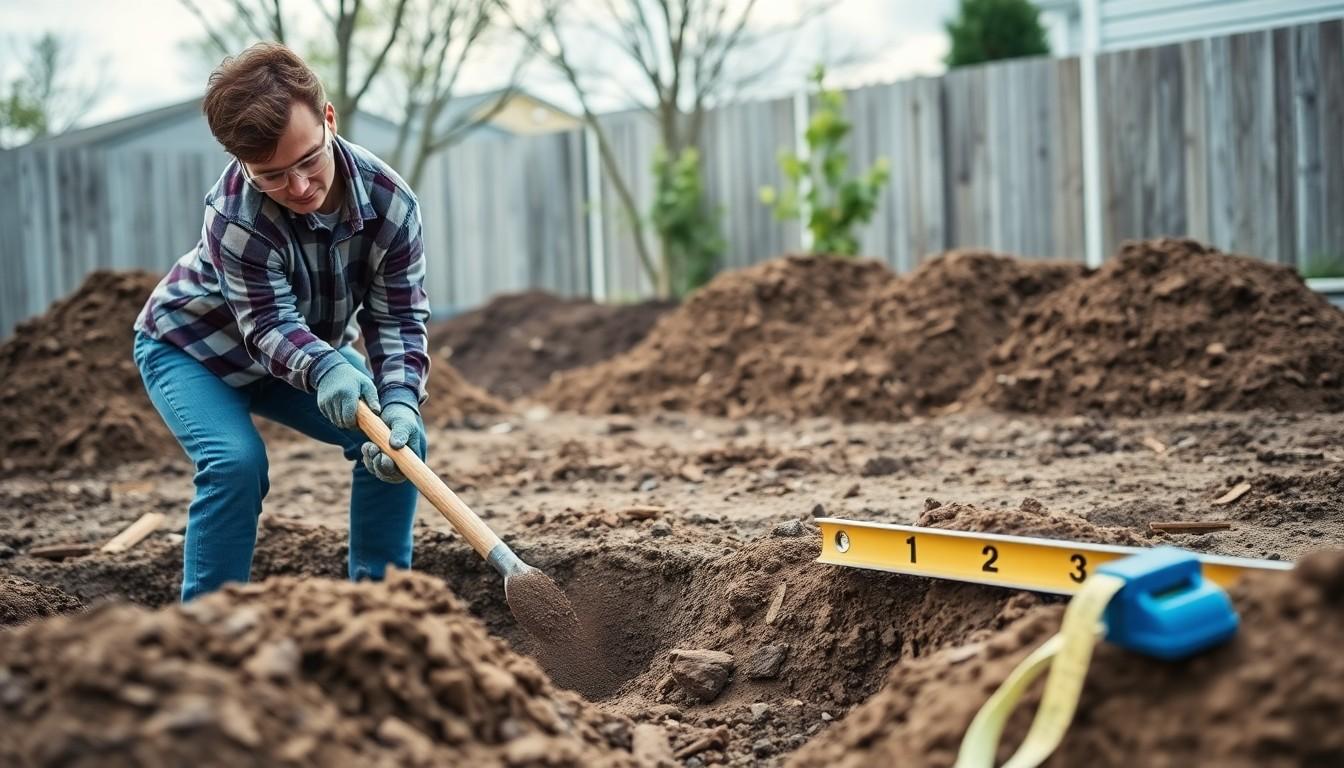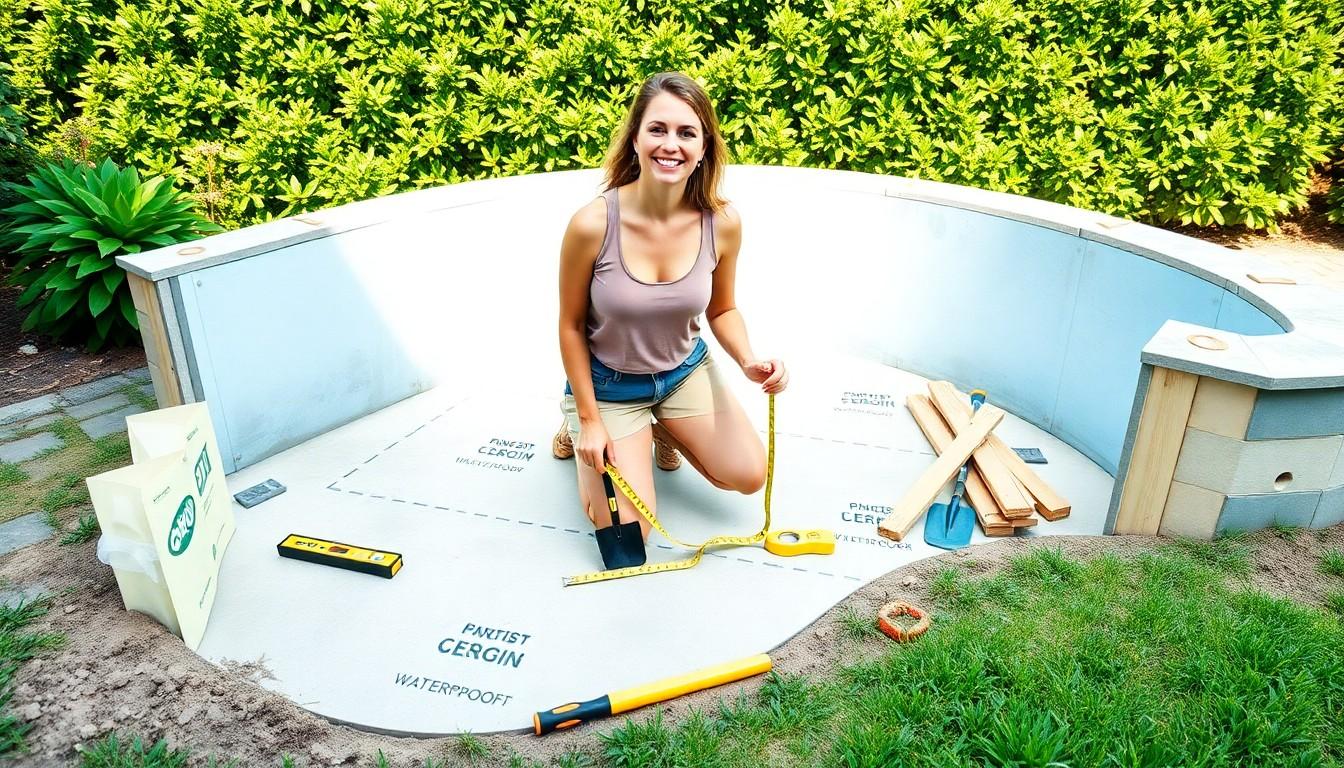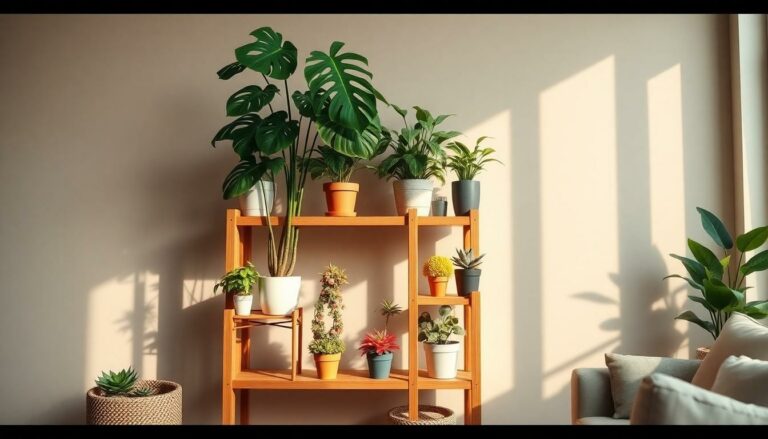Imagine transforming your backyard into a personal paradise with a handmade DIY pool. It’s not just a splash zone; it’s a ticket to summer fun and the envy of every neighbor. No more crowded public pools or awkward cannonballs—this is your chance to create a refreshing oasis right at home.
Building your own pool might sound intimidating, but with a little creativity and some elbow grease, it can be a rewarding adventure. Plus, think of all the Instagram-worthy moments waiting to happen! From epic pool parties to serene sunset swims, a DIY pool can be the centerpiece of countless memories. So grab your tools and let’s dive into the world of handmade pools—where the only limit is your imagination (and maybe your budget).
Handmade DIY Pools
Handmade DIY pools provide an excellent opportunity to create a customized outdoor oasis. Building a pool from scratch allows individuals to tailor the size, shape, and materials to their preferences. Many choose materials like concrete, fiberglass, or repurposed wood, ensuring durability and style.
Cost savings represent another significant advantage of DIY pools compared to traditional options. Homeowners can often minimize expenses by sourcing their materials directly, potentially reducing installation costs. Planning affords the chance to create a unique design without the limits of pre-fabricated pools.
A sense of accomplishment accompanies a successfully completed project. Many creators enjoy the process, learning new skills and techniques along the way. Pool construction encourages teamwork, involving family and friends in the experience.
Customization options abound. For instance, builders can add features like waterfalls, lighting, or integrated seating to enhance the pool’s aesthetic and functionality. Choosing landscaping elements can transform the surrounding area, integrating the pool into the overall backyard design.
Safety considerations must also be addressed. Installing proper fencing and adhering to local building codes protects users and ensures compliance with regulations. Planning these elements at the outset contributes to a comprehensive and enjoyable swimming experience.
The DIY pool venture inspires creativity and innovation. Endless resources, such as online tutorials and community forums, provide guidance and support for builders. Individuals who embark on this journey often find fulfillment in crafting a personal retreat within their living space.
Materials Needed for a Handmade DIY Pool

Creating a handmade DIY pool requires careful planning and the right materials to ensure a successful project. Gathering essential tools and supplies simplifies the building process, enabling a smooth construction journey.
Essential Tools
A few essential tools enhance the efficiency of the project. Shovels and picks help with the excavation process, ensuring the correct shape and depth. Levelers assist in achieving a flat surface for the pool foundation. A tape measure provides accuracy when laying out the pool dimensions. Additionally, power tools like saws make cutting materials easier and faster. Safety gear, including gloves and goggles, protects against injury during construction. Using a wheelbarrow speeds up material transportation, further streamlining the process.
Recommended Supplies
Several supplies contribute to building a durable and attractive pool. Concrete forms provide structure and shape for the pool. Waterproof liners keep water securely contained, ensuring longevity. Pool filters and pumps maintain cleanliness and circulation of the water. Plaster or tiles enhance the pool’s aesthetic appeal, adding a personalized touch. Landscaping materials like gravel or stones improve the surrounding area, creating an inviting environment. First-aid kits ensure safety during the build, addressing any minor injuries that may occur.
Step-by-Step Guide to Building a Handmade DIY Pool
Creating a handmade DIY pool involves several important steps. Follow these guidelines to successfully build your own swimming oasis.
Planning Your Design
Start by visualizing the desired features of your pool. Consider the size, shape, and depth that best fits your outdoor space. Measure the area accurately to ensure the design complements existing landscaping. Choosing materials requires careful thought; options like concrete, vinyl, or fiberglass each offer distinct benefits. Sketch out designs to share with family and friends for feedback. Research local building codes since they dictate specific regulations to follow. Engaging in this planning phase leads to a clearer construction process and enhances the final outcome.
Constructing the Pool Frame
Begin by marking the area based on your plan. Using stakes and string, outline the perimeter of the pool. Excavate the soil to create the necessary depth, paying attention to the slope for drainage. Frame the structure with reinforced materials like wood or metal to ensure stability. Secure the walls, ensuring they’re level and aligned properly. After establishing the frame, install forms to shape the edges of the pool. Focusing on accuracy during this stage allows for a well-structured foundation. Finally, double-check measurements to maintain consistency throughout the project, setting the groundwork for a successful DIY pool.
Maintenance Tips for Handmade DIY Pools
Maintaining a handmade DIY pool ensures its longevity and enhances the swimming experience. Regular upkeep contributes to a cleaner, safer environment for enjoyment.
Cleaning and Water Treatment
Regular cleaning of the pool surface removes debris, dirt, and algae buildup. Use a skimmer net daily to capture leaves and floating materials. Weekly brushing of pool walls and floors maintains cleanliness and prevents stains. Testing water chemistry regularly keeps pH levels between 7.2 and 7.8, which is ideal for swimming. Utilize chlorine or alternative sanitizer to maintain water quality. Seasonal shock treatments eliminate contaminants and produce clearer water. Balancing alkalinity and calcium hardness further enhances water quality, promoting a pleasant swimming environment.
Seasonal Care and Repair
Seasonal maintenance is crucial for a DIY pool’s durability. Inspect the pool structure for cracks or leaks during spring preparations. Repair any visible damage immediately to prevent further issues. Winterizing the pool with appropriate coverings protects it from weather elements. Drain excess water and clean filters before colder months to avoid freezing. Regularly check the pool equipment, including pumps and heaters, ensuring everything operates efficiently. Plan for updates or renovations as needed, which can enhance the pool’s functionality and aesthetic appeal.
Personalize Outdoor Spaces
Creating a handmade DIY pool offers an exciting opportunity to personalize outdoor spaces while enjoying the benefits of a private retreat. The journey of building a pool not only fosters creativity but also strengthens bonds with family and friends as they collaborate on this rewarding project.
With careful planning and the right materials, anyone can turn their vision into reality. Embracing the challenge of a DIY pool can lead to countless summer memories and a sense of accomplishment that lasts long after the final tile is set.
As homeowners dive into this endeavor, they’ll discover the joy of crafting a unique space tailored to their preferences, making every splash an expression of their personal style.




